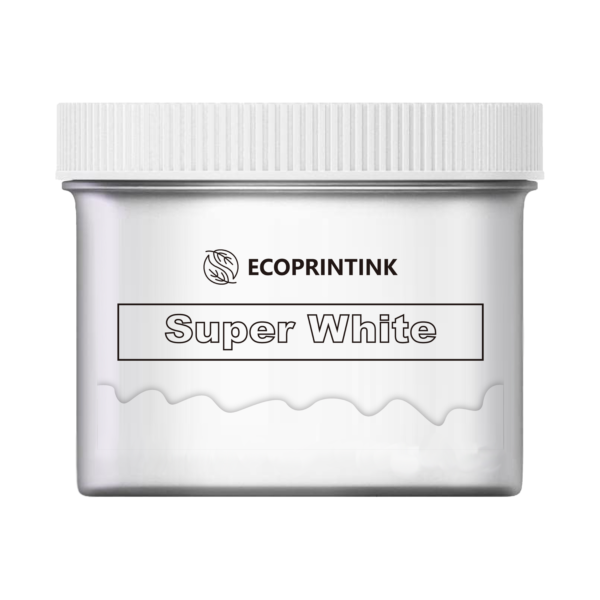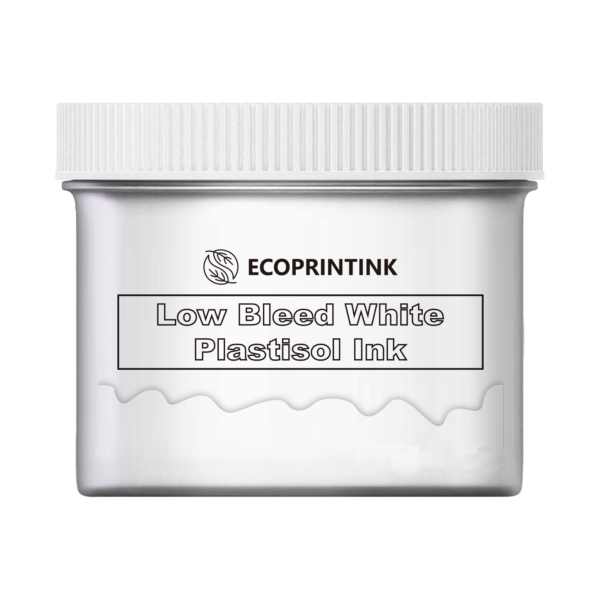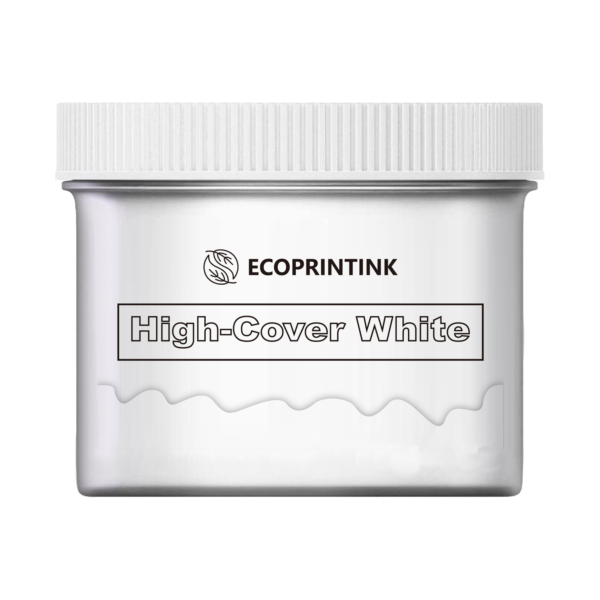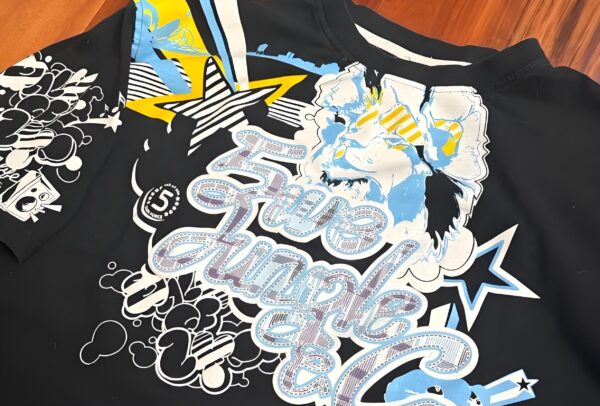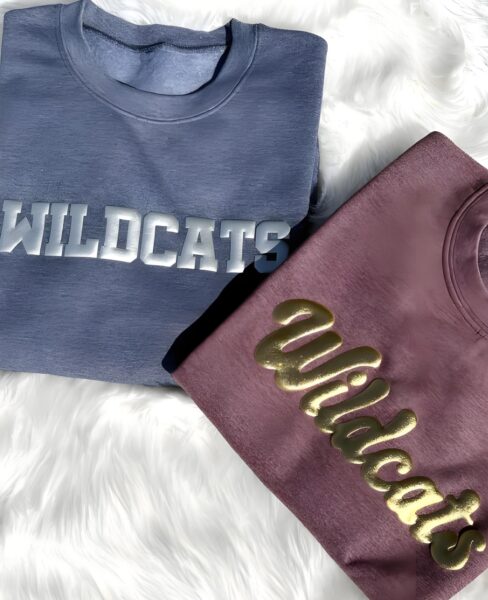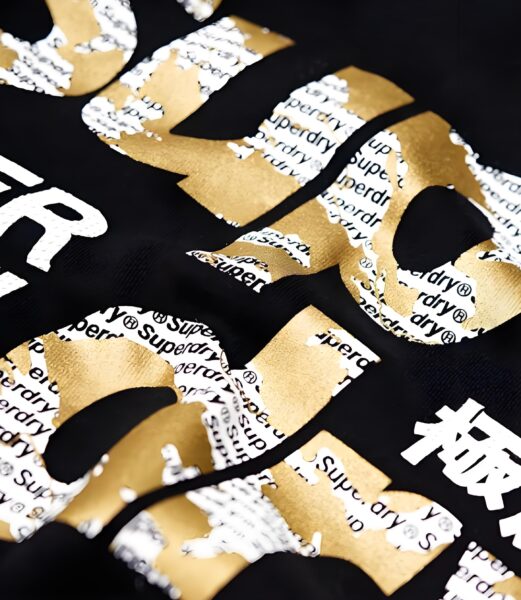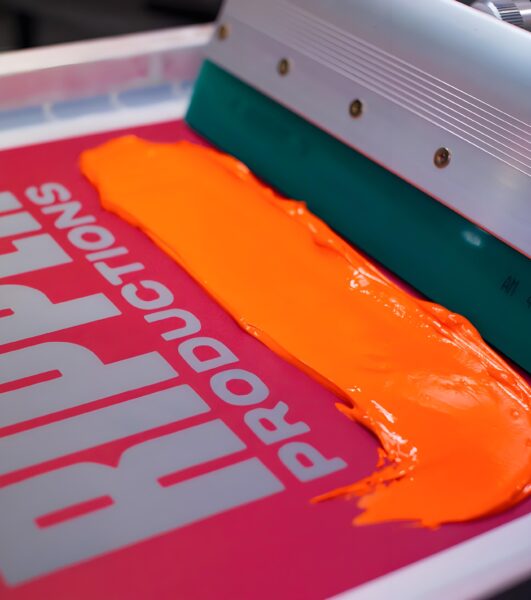Nothing makes a screen printer’s coronary heart beat quicker than that ideal, ambitious white print: whether or not it’s the search for glacier white, the controversy over the exceptional white plastisol ink, or nailing the remedy, each detail topics. In this complete publish, we’ll smash down the whole lot you ever wanted to recognize about ink, plastisol, and growing the ones crisp, bright white prints that make your shirts pop. Whether you’re a pro printer or experimenting with your first gallon, this text reveals the science, artwork, and delusion behind white plastisol ink—and why learning it’s going to remodel your printing initiatives.
Table of Contents
Why You Should Read This
If you’ve ever struggled with opacity, wrestled with dye migration, or desired to recognize the real secrets behind a creamy, premium white print, you’re within the right vicinity. Here, we’ll demystify low bleed ink, ink mixing, temperature, and everything necessary to supply expert, head-turning outcomes on any press or fabric. Unlock the abilties that separate first-rate screen printers from the relaxation—your next white display print will thank you.
1. What is Plastisol Ink and Why Is It a Game Changer for Screen Printing?
Let’s begin at the supply—ink. Plastisol ink is the bread and butter of display printers worldwide, regarded for its flexibility, versatility, and unbeatable consequences on the whole lot from t-shirts to hoodies. Unlike water-primarily based options, plastisol doesn’t air dry. Instead, it treatment options when uncovered to high temperature, forming an ultra-durable bond with the fabric fiber.
Why do printers swear by plastisol ink? For starters, its creamy consistency makes it smooth to spread throughout a mesh display, even at decrease mesh counts, decreasing waste and improving performance. It handles colour brilliantly, remains opaque in spite of skinny coats, and is rather forgiving for freshmen and professionals alike.tisol screen printing has been the dominant technology for decades.
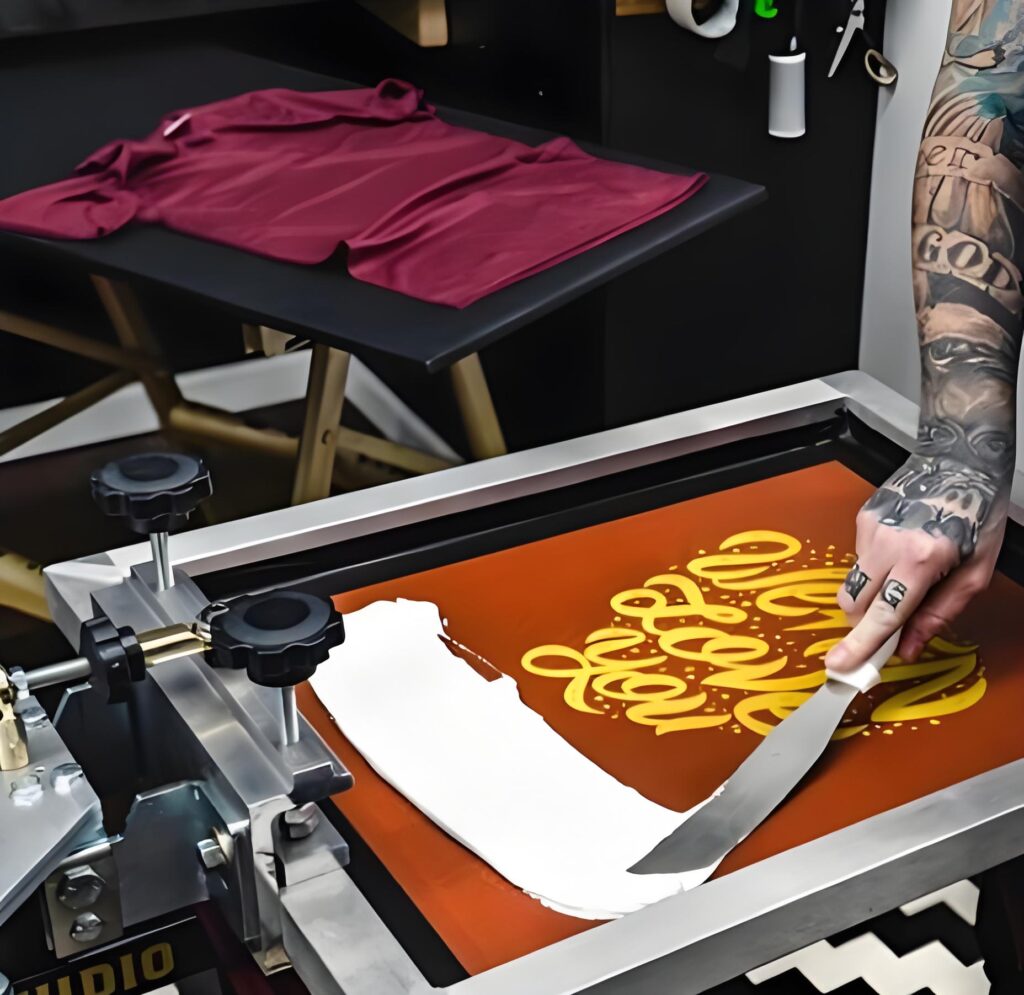
2. How Does White Plastisol Ink Differ From Standard Ink?
In the crowded world of ink, no longer all whites are created same. White plastisol ink have to overcome specific challenges: it wishes to be each pretty opaque and proof against bleed, unlike many widespread hues which can also fade or ghost over dark fabrics or hard blends.
White plastisol ink is loaded with particularly formulated pigments and fillers that make it now not simply white, but the white—a glacier white shade that’s bold and shiny. This excessive-opacity ink is engineered so the color remains proper, and doesn’t sink into shirt fabric or permit unwanted dye migrate up from “bleeding” polyester blends.
If you’re aiming for the fine white, you need ink that’s flexible enough to deal with different fabrics—cotton, poly, a poly/cotton blend, or even complex garments like hoodies or sports clothing. White plastisol ink leads the way in accomplishing this version of consistency and brightness.
3. What Makes a White Print Stand Out? Exploring Brightness, Opacity, and “Best White”
Ask any experienced printer—opacity is king on the subject of white ink. If your print isn’t vivid enough to leap off a black shirt, what’s the point? That’s why the quality white plastisol ink is formulated for high opacity and a tremendous, top rate end.
Brightness is the most seen sign of satisfactory, but the real magic is in the opacity—the ink’s capability to completely block out the coloration of the shirt beneath it. Achieving a ambitious white screen print depends on this: you need a easy floor that pops, now not a faded or translucent end result.
But what about hand sense? The first-rate white plastisol ink is creamy enough to spread easily and cure flippantly, handing over that coveted tender hand despite a thicker utility.
4. Low Bleed, High Opacity and the Poly Challenge: How to Print White on Difficult Fabrics
Bleed and dye migration are each display screen printer’s nemesis. On polyester or mixed shirts, dyes in the fabric can creep up into your white print, dulling that glacier white to a unhappy, off-pink or gray shadow. Enter low bleed ink, mainly engineered to maintain the road against those dye invaders.
Low bleed white plastisol ink carries chemical blockers that save you shade from penetrating and keep a bright, ambitious appearance. High opacity is important, particularly while printing on dark or colored fabrics. For poly/cotton blends, look for a top class poly white ink designed for extremely-low bleed and high opacity—Wilflex and International Coatings each make famend options.
Cotton poses fewer issues with bleed, but you’ll nevertheless want creamy, excessive-opacity ink for the smoothest white.
5. How to Cure Plastisol Ink: Temperature, Dwell Time, and Achieving a Soft Hand
The best print is based on the best therapy. Plastisol ink received’t dry till it reaches the proper treatment temperature—normally round 320°F (160°C)—and remains at that warmth lengthy enough (stay time) for general go-linking. Undercure, and your ink will flake or wash out. Overcure, and also you risk a hard feel or color fade.
Many manufacturers provide low remedy or quick flash white plastisol inks that set at lower temperatures, maintaining the gentle hand on sensitive fabrics and lowering the chance of dye migration on polyester. Always take a look at your dryer and press for even heat—hot and bloodless spots spell disaster!
Flash curing between layers is fundamental, particularly whilst laying down underbases or multi-shade prints. Quick flash whites accelerate your cycle time and help hold your press transferring.
6. Mixing White Ink: Tips for the Perfect Plastisol Ink Mixing System
Great display printing is as a whole lot about chemistry as artistry, and ink mixing is wherein the magic occurs. Whether you’re the usage of a gallon of Wilflex or experimenting with a custom mixing device, continually stir white plastisol ink thoroughly earlier than loading your screen—it settles over the years and separates.
A well-designed ink blending system helps you to tweak consistency for printing situations: want a higher opacity underbase or a softer hand for pinnacle colours? Adjust your white ink with a plastisol-compatible softener or use forte excessive opacity modifiers. Only use permitted additives—random “shop shortcuts” threat ruining an entire run.
Keeping a regular, creamy texture in your ink ensures smooth printing, amazing coverage, and a professional end.
7. Underbase Magic: When and Why to Use a White Underbase on Color Shirts?
The underbase is an unsung hero inside the global of shade display print. Whenever you print vibrant colorations onto a darkish blouse—or any time you want the very last colours to pop—a coat of excessive-opacity white plastisol ink receives laid down first. This easy floor keeps colors genuine and forestalls muddy, dwindled tones.
A great underbase is all about opacity, bleed resistance, and a easy hand. Poly or cotton, you’ll need a white ink with sufficient flexibility to avoid cracking and with a fast flash time for excessive manufacturing speeds.
When printing on blends or more difficult polyester, use a low bleed ink for your underbase to keep dye migration at bay. Pairing the proper underbase along with your mixing system will increase your print recreation and assure steady, expert-looking effects.
8. Quick Flash, Press Speed and Printing Projects: Optimizing for the Best White Prints
Time is money—especially when you’ve got dozens of shirts and limited press hours. The secret to amateur-to-pro speed is mastering your flash cure and press timing. The best white plastisol inks quick flash—meaning they set up fast under the heat, ready for a second color or another pass.
Premium inks also hold up to multiple squeegee passes, which means you can layer for opacity without the dreaded peel or shifting of a weak underbase. This is especially important for big printing projects, where consistency and cycle speed rule the day.
Don’t forget mesh screens: the right count and tension help your ink spread evenly, stop bleeding, and prevent ghosting. Each press, each fabric, each job may call for a unique mix of technique and timing.
9. Top White Plastisol Inks: Wilflex, International Coatings, Glacier White and Premium Choices
Ask any pro: Wilflex is a household name in plastisol ink, especially for its high-opacity, low bleed white and poly white formulas. International Coatings also earns rave reviews for its durable, easy-to-use white inks that cure at lower temperatures and resist dye migration.
Looking for a glacier white finish? Premium lines offer ultra-bright, smooth white with unbeatable opacity and a soft, flexible hand—perfect for retail-level printing projects.
When shopping for your next gallon of ink, consider your main fabric (cotton, blends, poly), average press/dryer temperature, and your own preference for creamy vs. more flowable viscosity. Test different brands and keep notes; your “best white” may be different from the next screen printer’s favorite!
10. Troubleshooting: Why Didn’t My White Print Come Out Right? (Bleed, Opacity, Dye Migration, and More)
Even the satisfactory-deliberate task can run into trouble. Here’s what to look for:
Bleed/Migration: If your vivid white turns purple or off-color, you’re seeing dye migration—regularly from polyester fabric. Switch to a top class low bleed white plastisol ink and double-check curing temperature.
Opacity Issues: If the blouse shade indicates through your white, up your ink quantity or attempt a better opacity formula. Check your mesh depend; once in a while too tight a mesh blocks ink waft.
Cure Failures: Peeling, flaking, or a difficult hand generally indicators under- or over-treatment. Test dryer temperatures with a thermometer and song reside time carefully.
Ghosting/Blurring: This can end result from too-moist ink, poor ink mixing, or inconsistent press pace.
Always run a test print and adjust variables in small increments—ink, screen, temperature, and method all be counted.
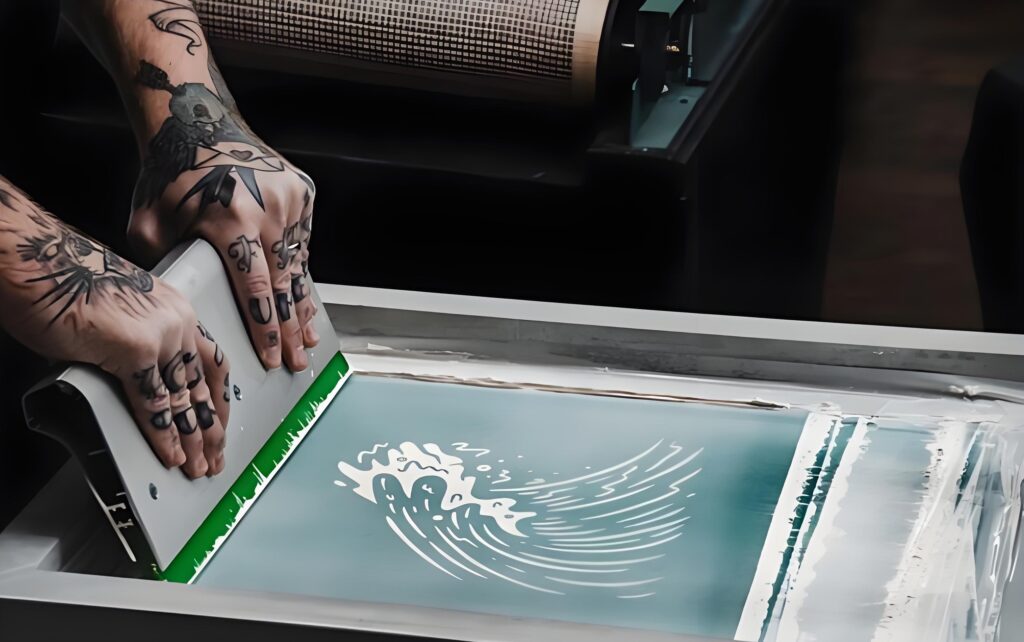
Summary: Key Takeaways for Mastering White Ink and Screen Printing
- Plastisol ink remains the maximum forgiving and flexible display screen printing ink for novices and professionals alike.
- Always choose white plastisol ink with excessive opacity and occasional bleed resistance for bold, vibrant, and steady outcomes.
- The mystery to a killer white display screen print is knowing your material—cotton, poly, blends call for precise strategies.
- Achieving the ideal remedy temperature and reside time is non-negotiable for durability and softness.
- Invest in top brands like Wilflex and International Coatings for top rate results.
- Use the proper mixing machine to your ink; don’t wing it or danger inconsistent prints.
- Master mesh, flash, and underbase for consistent printing tasks at scale.
- Troubleshooting is a part of the journey—embrace it as a gaining knowledge of device for better prints.
White ink isn’t only a shade. It’s the canvas on that you construct your emblem, your fashion, and your recognition as a display screen printer. Now, move make some thing bold.


